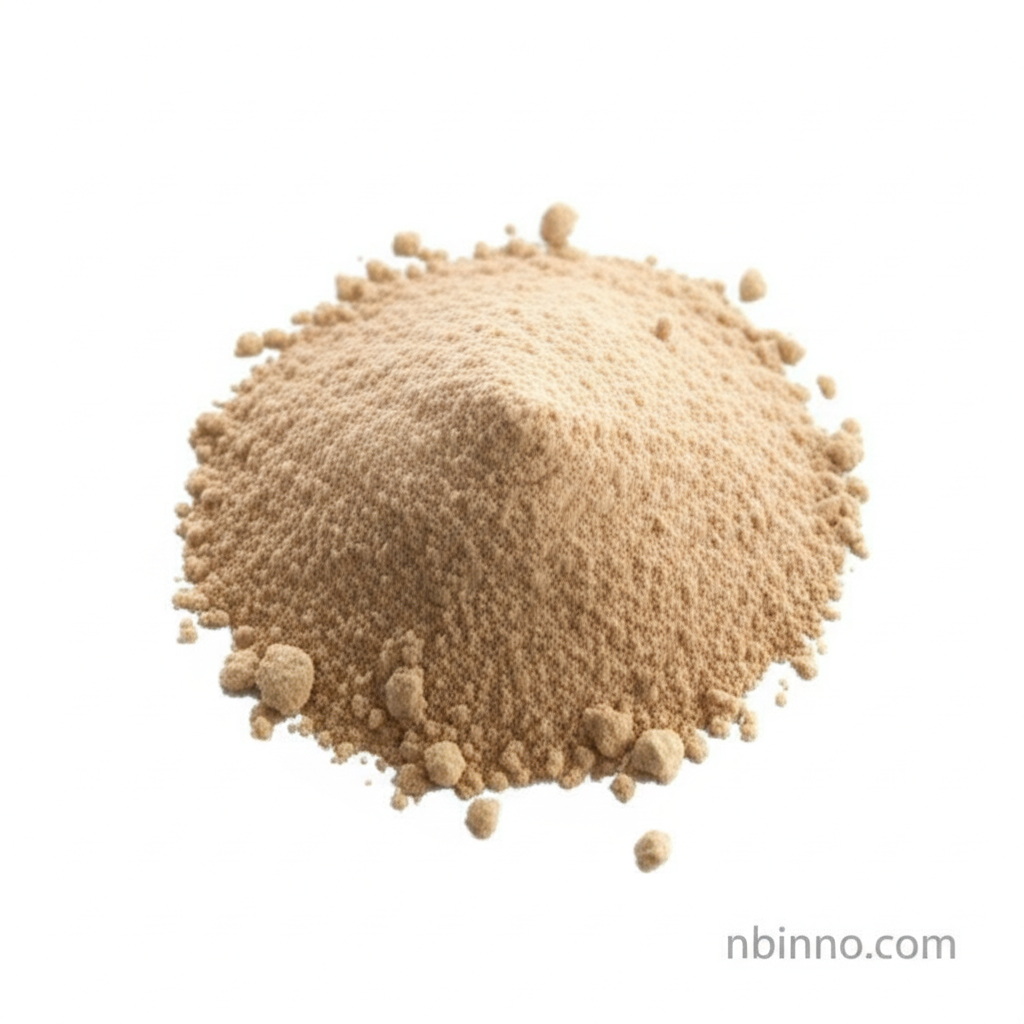2-Methyl-2,3-dihydroindol-1-amine Hydrochloride: A Key Pharmaceutical Intermediate
Discover the synthesis, applications, and research potential of this vital compound in drug development.
Get a Quote & SampleProduct Core Value

2-Methyl-2,3-dihydroindol-1-amine hydrochloride
This compound is a critical building block in the synthesis of Indapamide, a widely used antihypertensive and diuretic medication. Its specific chemical structure and properties make it indispensable in creating effective treatments for cardiovascular conditions and edema.
- As a crucial Indapamide intermediate, it plays a vital role in the production of effective antihypertensive medications.
- Demonstrates potential antimicrobial activity, showing efficacy against various bacterial strains in research settings.
- Exhibits anticancer properties, with studies indicating its ability to induce apoptosis and cell cycle arrest in cancer cell lines.
- Offers improved solubility and stability due to its hydrochloride salt form, facilitating its use in pharmaceutical manufacturing.
Advantages Provided by the Product
Synthesis Efficiency
The compound's established synthesis routes, including optimized conditions for nitrosation and reduction, ensure efficient production, contributing to the pharmaceutical intermediate sourcing of critical drugs.
Versatile Application
Beyond its primary use in antihypertensive drug synthesis, its potential in developing new antimicrobial and anticancer agents highlights its versatility in medicinal chemistry building blocks.
Research Significance
Its role in structure-activity relationship studies of indoline derivatives aids in discovering compounds with enhanced pharmacological activity and reduced toxicity, advancing fine chemical applications in drug development.
Key Applications
Pharmaceutical Synthesis
Essential as an intermediate for Indapamide, contributing to the development of treatments for hypertension and edema. This aligns with the need for efficient antihypertensive drug synthesis.
Medicinal Chemistry Research
Used in SAR studies to explore and optimize the therapeutic potential of indoline derivatives, supporting the search for novel drug candidates.
Antimicrobial Agents Development
Research into its antimicrobial properties suggests its utility in creating new classes of antibiotics and disinfectants.
Anticancer Therapies
Its observed ability to induce apoptosis makes it a candidate for developing novel chemotherapy agents.
